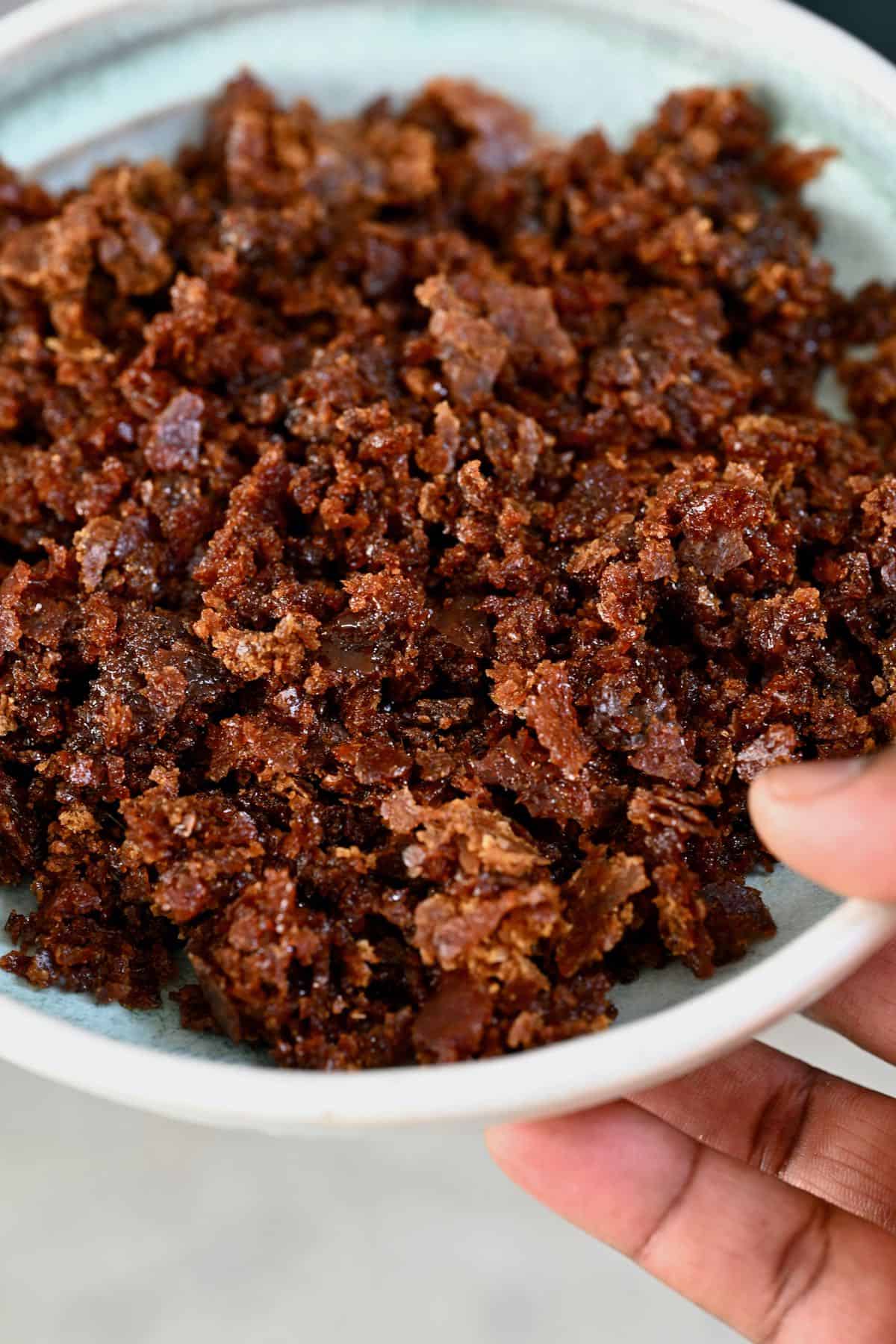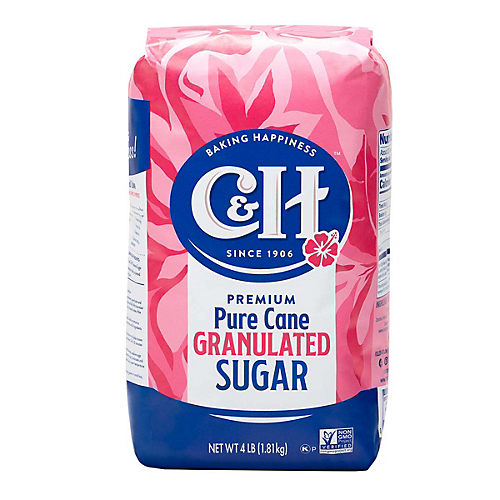Understanding the Essential Techniques and Technologies Employed in Modern Walking Stick Sugar Handling
The evolution of walking stick sugar handling has been substantially formed by the assimilation of innovative techniques and innovations that resolve both performance and sustainability. Enzyme-assisted extraction and sophisticated refining methods have reinvented return optimization, while automation facilitates operational reliability. In addition, the focus on sustainable methods mirrors an expanding awareness of environmental impact. As we discover these vital innovations, it comes to be important to take a look at just how they not just enhance production however likewise line up with more comprehensive sector fads and customer demands, raising questions about the future of sugar processing and its ramifications for global markets.
Historic Context of Walking Cane Sugar Handling
The historical context of cane sugar processing reveals an abundant tapestry of agricultural technology and cultural exchange that has actually shaped its growth over centuries. The process of drawing out and refining sugar got momentum in India, where techniques for formation were refined around the Sixth century.

Advanced Extraction Strategies
Efficiency in walking stick sugar removal has seen considerable improvements, driven by the need for higher returns and reduced production expenses. Traditional techniques have actually progressed, offering way to ingenious modern technologies that improve the efficacy of the extraction procedure. One notable improvement is making use of enzyme-assisted extraction, wherein certain enzymes damage down cell walls and launch even more sucrose from the cane fibers. This method not only boosts sugar return yet also lowers the energy required for processing.
Furthermore, the adoption of membrane filtration technologies, such as nanofiltration and reverse osmosis, has transformed the separation of sugar from impurities. These techniques permit for the discerning permeation of sugar particles while maintaining larger pollutants, improving the extraction procedure and lessening waste.
Additionally, the combination of constant extraction systems has led to boosted operational efficiency. Cane Sugar Processing. These systems maintain a consistent circulation of walking stick material, ensuring optimum removal problems and minimizing downtime connected with batch handling
Cutting-edge Refining Technologies
Refining strategies in cane sugar processing have actually gone through a transformative change, driven by the demand for greater purity and boosted item quality. Among the most significant developments is the fostering of membrane purification modern technologies, such as ultrafiltration and nanofiltration. These processes properly eliminate contaminations and colorants without the need for considerable chemical treatments, therefore maintaining the sugar's all-natural taste and improving its allure.
Another significant innovation is making use of ion exchange resins, which enable discerning elimination of undesirable ions from sugar solutions. This technology not only boosts the overall pureness of the last item but also adds to lowered waste and environmental impact.
Furthermore, innovations in adsorption techniques, using turned on carbon and various other sophisticated materials, have actually confirmed effective in decolorizing sugar services while preserving optimum quality. The integration of these ingenious refining innovations makes certain that manufacturers can create polished sugar with premium quality and taste, meeting the developing preferences of consumers.
Automation and Control Solution
Recent improvements in refining modern technologies have actually led the means for substantial renovations in automation and control systems within cane sugar handling centers. These systems make use of innovative software and equipment to boost functional performance, reduce human error, and guarantee consistent item quality.
Modern automation incorporates various elements, including sensors, actuators, and programmable reasoning controllers (PLCs), making it possible for real-time surveillance and control of critical procedures. For circumstances, pressure, circulation, and temperature level prices can be specifically controlled during extraction, explanation, and crystallization phases, enhancing performance and lessening waste.
Furthermore, progressed information analytics and device discovering formulas play an essential role in anticipating maintenance, allowing drivers to expect tools failings before they take place. This positive approach not just decreases pop over to these guys downtime but likewise extends the life-span of machinery.
On top of that, automation promotes the application of Industry 4.0 principles, empowering sugar mills to accomplish click here now greater connection and information exchange across procedures. Consequently, decision-making comes to be more dexterous and informed, inevitably enhancing the overall competition of walking stick sugar production. With these developments, the sector is well-positioned to satisfy expanding global demands while maintaining functional quality.
Sustainability Practices in Sugar Production
Sustainability methods in sugar manufacturing have become progressively necessary as the market looks for to balance financial viability with environmental obligation. As customer awareness grows regarding the environmental impacts of farming practices, sugar producers are adopting cutting-edge methods to decrease their eco-friendly impact.
One significant method is the application of accuracy agriculture techniques, which make use of information analytics to maximize source usage, such as water and plant foods. This reduces waste and decreases the effect on regional ecological communities. Furthermore, numerous producers are transitioning to renewable resource sources, such as biomass from sugarcane by-products, to power their procedures, therefore lowering dependence on fossil gas.
Water monitoring techniques are additionally essential; rainwater harvesting and efficient irrigation systems help mitigate water deficiency concerns. Cane Sugar Processing. In addition, incorporated bug administration strategies lower chemical use, advertising biodiversity and soil health
Corporate social responsibility campaigns are emerging, with firms buying neighborhood neighborhoods and making sure fair labor practices. By embracing these sustainability techniques, the sugar sector not only enhances its reputation yet likewise contributes to a more lasting agricultural landscape, paving the means for future generations.

Verdict
In recap, contemporary cane sugar processing includes a variety of advanced strategies and innovations that substantially enhance efficiency, return, and sustainability. Collectively, these advancements go to website place the cane sugar sector to meet modern demands while addressing essential worldwide challenges.
The evolution of walking cane sugar handling has been dramatically shaped by the assimilation of advanced strategies and innovations that resolve both efficiency and sustainability.The historical context of walking cane sugar processing discloses a rich tapestry of farming development and cultural exchange that has actually formed its growth over centuries. Advancements in milling and refining emerged, laying the groundwork for contemporary walking stick sugar processing.Refining techniques in walking stick sugar handling have gone through a transformative shift, driven by the need for greater purity and enhanced item quality.In summary, modern-day cane sugar processing integrates an array of advanced techniques and innovations that significantly enhance sustainability, efficiency, and yield.